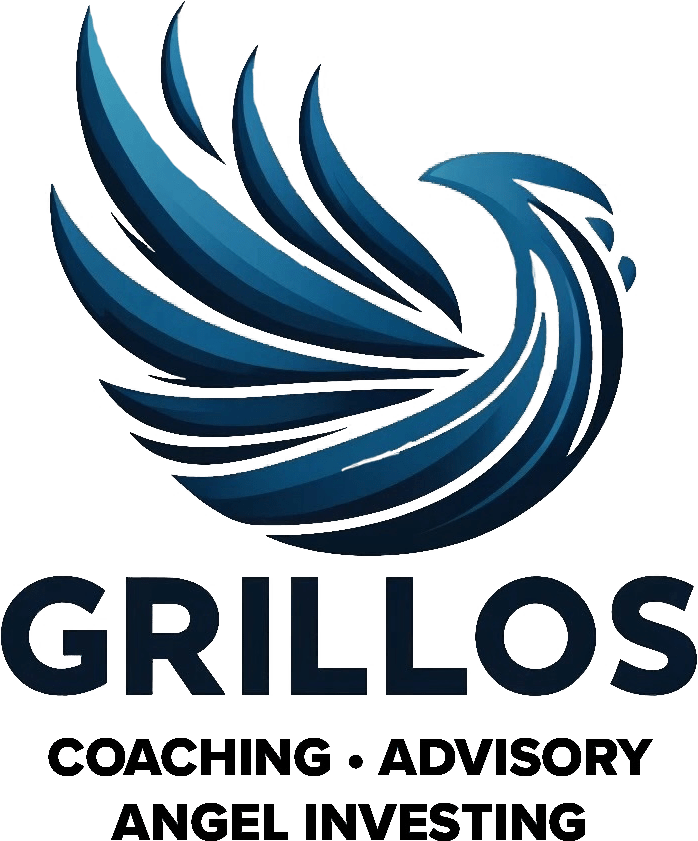Tesseract was a very small personnel software company (annualized revenues of $2M) was financed by a Silicon Valley VC but was on track to run out of money within two months of my joining the company as its CEO. The company’s survival depended on four things:
-
-
- My ability to raise additional capital.
- Making the company profitable.
- Proving the company had a market by demonstrating revenue growth.
- Positioning the company for an exit for investors.
-
My track record attracted two new VC investors who, along with the initial investor provided a small amount of new capital. While the fund-raising process was underway, I needed to cut half of the 70-person professional staff to ensure survival until the close. We also needed to add two key management members. This was challenging given I did not know anyone in the company before joining and had precious little time to decide who to keep. I made the choices on what employees to keep by evaluating each person in the company as follows. The board of directors’ members provided the advice about which of my 5 direct reports were key to the success of the company. I filtered their advice by giving much weight to raw intelligence, as I had learned from hiring hundreds of professionals at AMS that intelligence was key to determining the likelihood of success in the job. Second, I reviewed with these managers all of the employees I thought they would have data to support an opinion about, including their indicating which employees they thought were keepers. I interviewed and evaluated all of the likely keepers to select the ones I thought fit with what it was going to take to save the company.
The cuts left us with enough capital to fill two key management slots; sales and development VPs. The important point here is that I hired the Sales VP from a competitor my research indicated had better sales management than general management. This hire, along with the salespersons she brought with her positioned us for the revenue acceleration, if we could solve a key product problem, payroll functionality.
My experience at AMS taught me that you can extract money in advance from those with a need if you can convince them you can deliver. We used this logic and intense salesmanship to convince three large customers to finance development of the payroll system. In exchange for the $5M they paid up front each of them was allowed to have their own payroll analysts on the project to ensure that the system met their specific needs.
The company’s product and service revenues more than doubled during my first 12 months on the job. That, and the buzz caused by the payroll deal made the company attractive for acquisition. We sold the company for a price providing a good financial return to its VC investors and the common stock and stock option holders.
